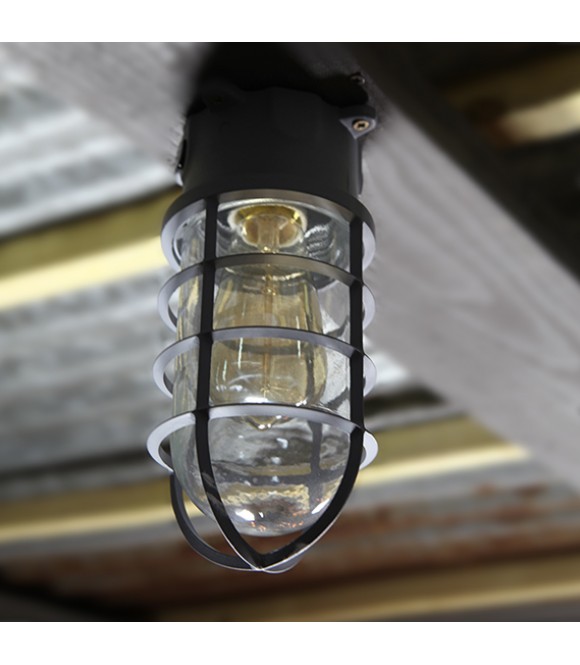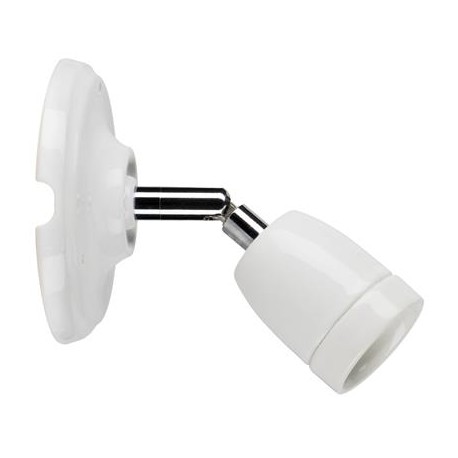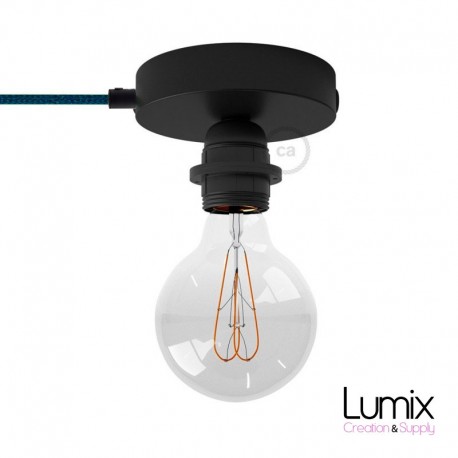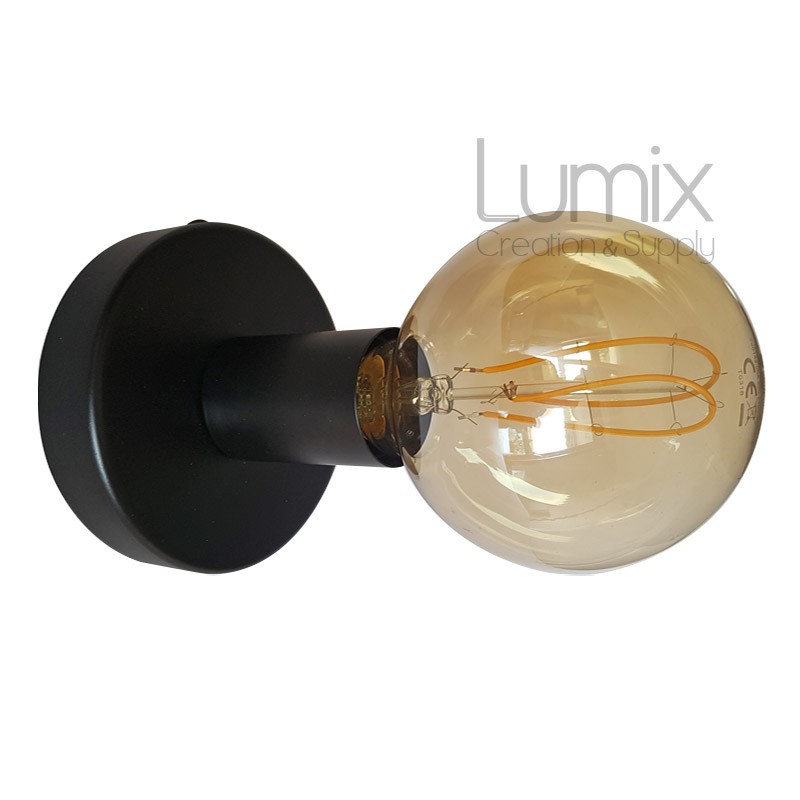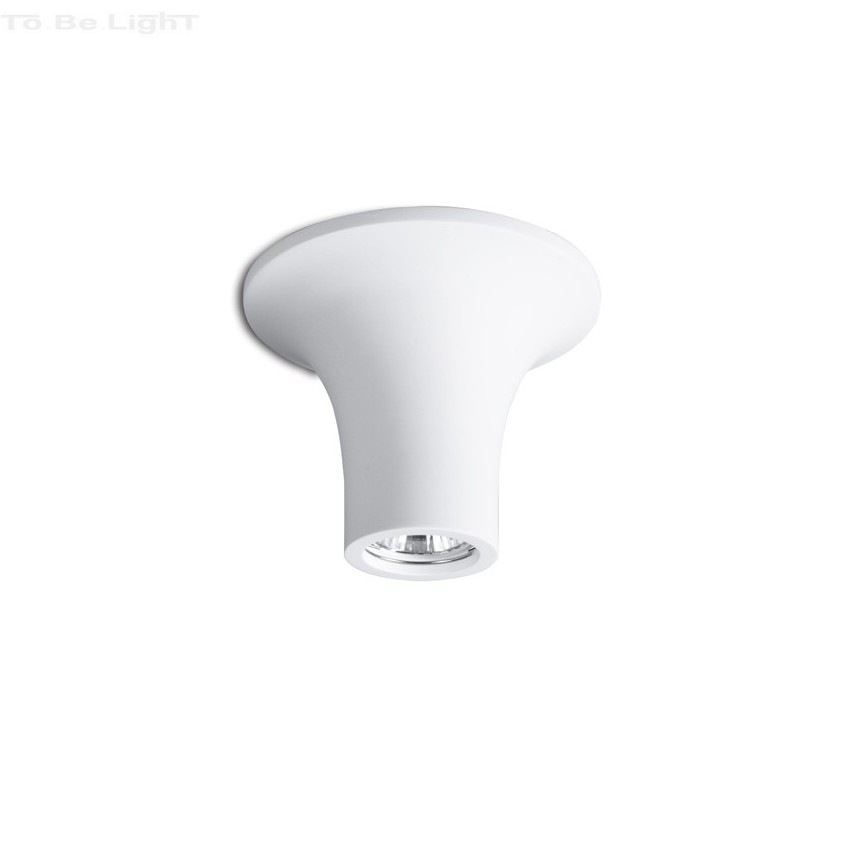
Ketom Plafonnier 2 Spots LED GU10 Orientables Applique Plafond/Murale Pivotant 2x6W Ampoule LED 550Lm IP20 4500K Blanc Neutre pour Chambre Salon Salle de bain Couloir en Nickel Mat Ameublement et décoration Luminaires

Appliques Luminaire Vintage Rétro pour Maison Salle à Manger Salon Chambre Couloir Cuisine Douille E27 Kimjo Plafonnier LED 1 Spot Orientables Sans Ampoule Applique Murale Moderne Métal Noir 2 Pièces Luminaires &

Applique Mural Industrielle Design forme Cage Diamant Ajustable Lampe de Plafond Métal Luminaire pour Salon Chambre

5w applique plafonnier murale led applique luminaire d'intérieur plafond ampoule murale ktv éclairage décor chambre maison - Achat/Vente applique murale pas cher - Couleur-et-design.fr

B.K. Licht spot plafond LED orientable, plafonnier LED applique murale, éclairage plafond salon chambre, lumière blanche chaude, 230V, IP20, 3W… | Hair dryer, Decor

11 Meilleur De Cache Ampoule Plafond Pictures | Swag chandelier, Swag light, Pendant lights & chandeliers






